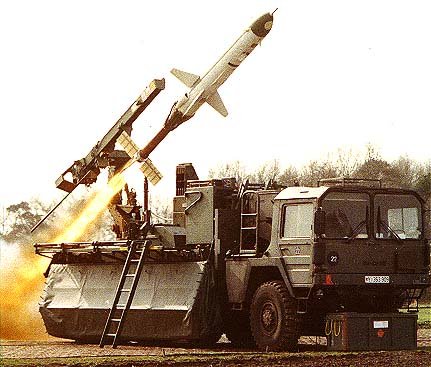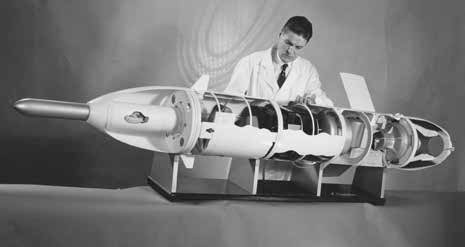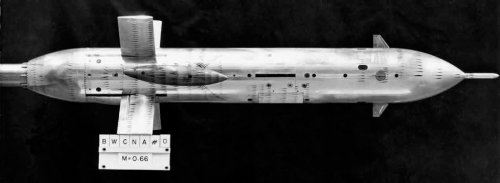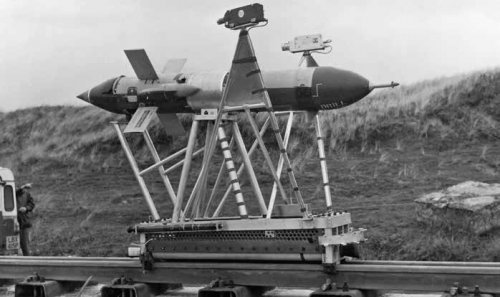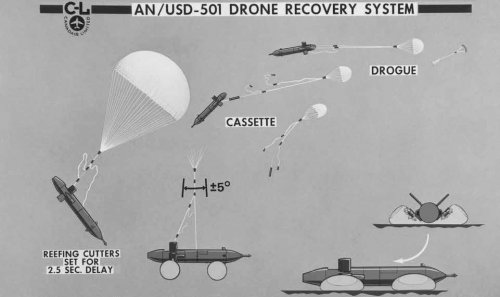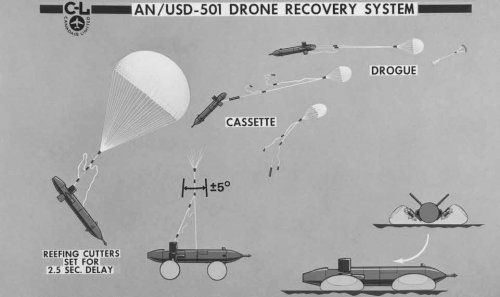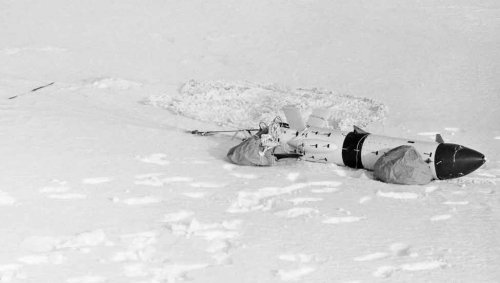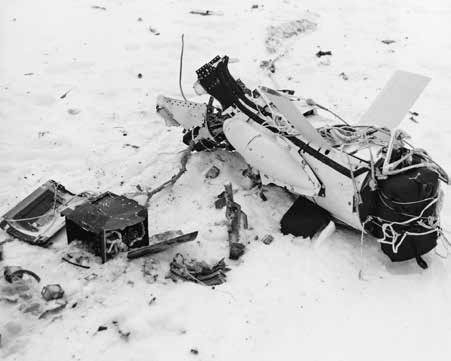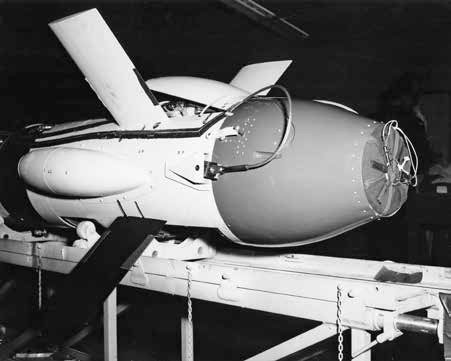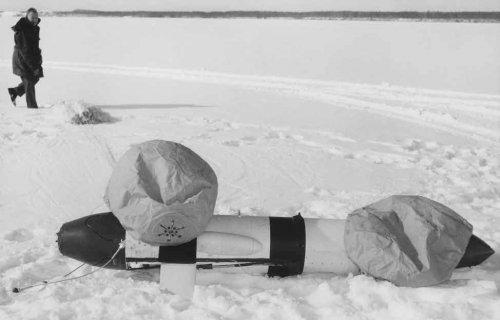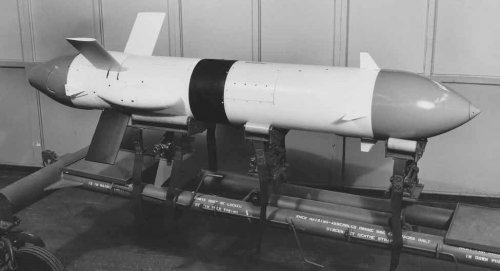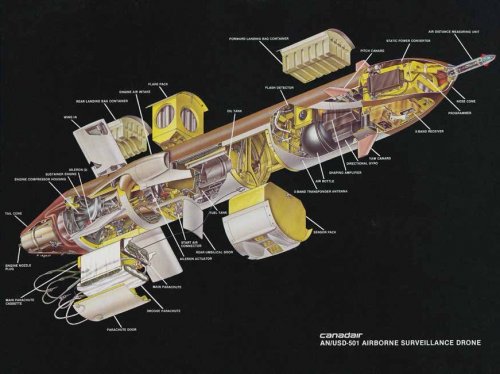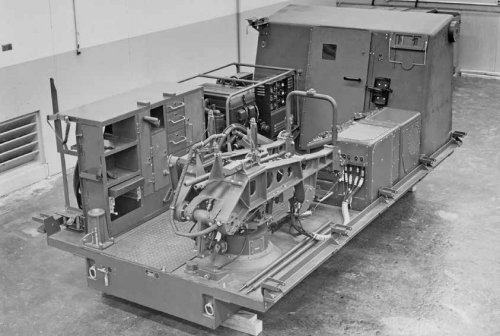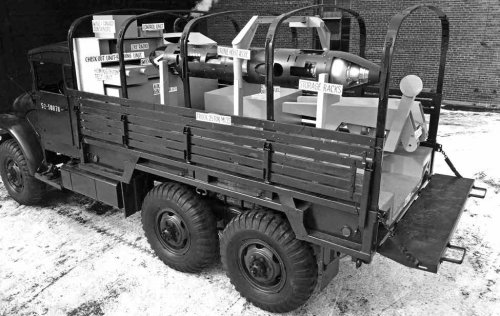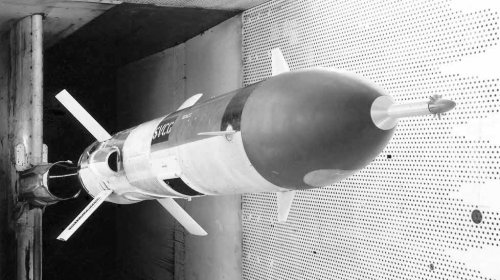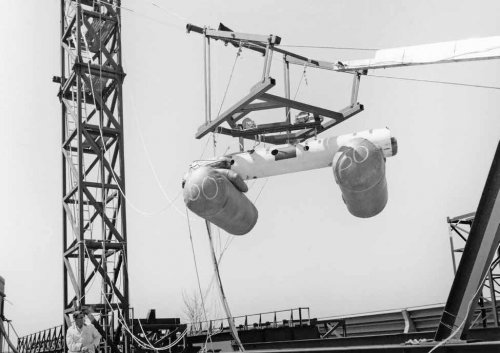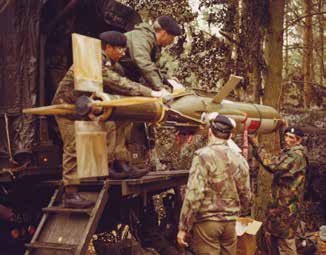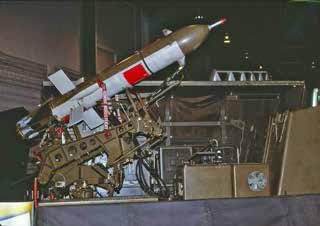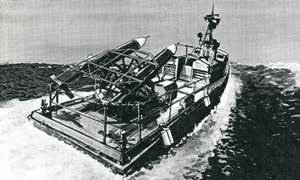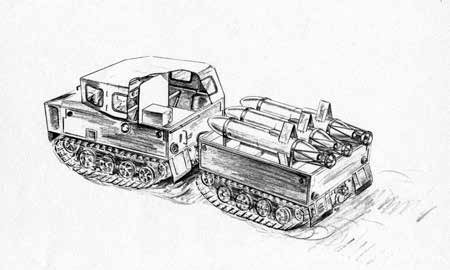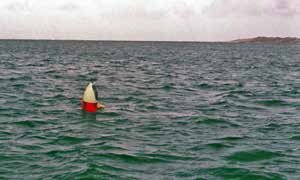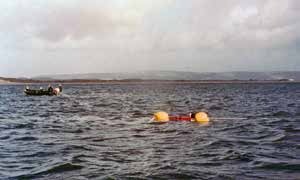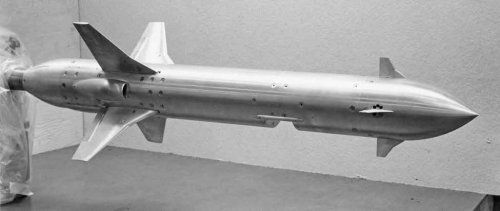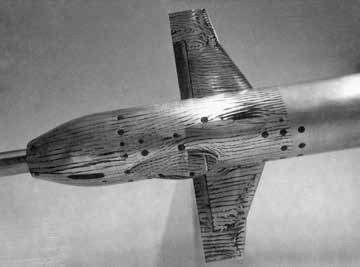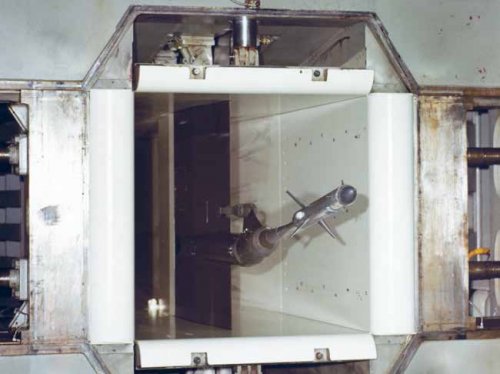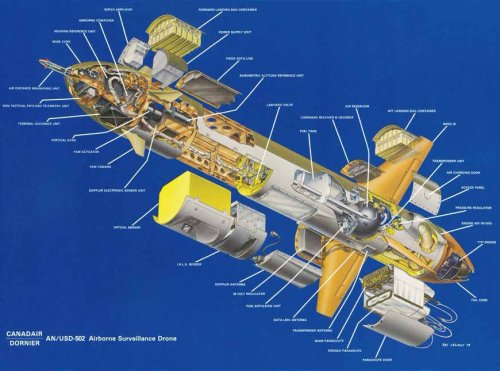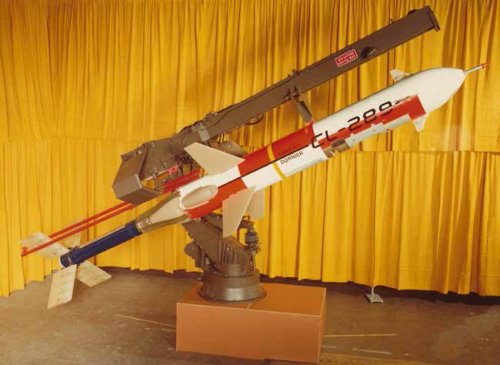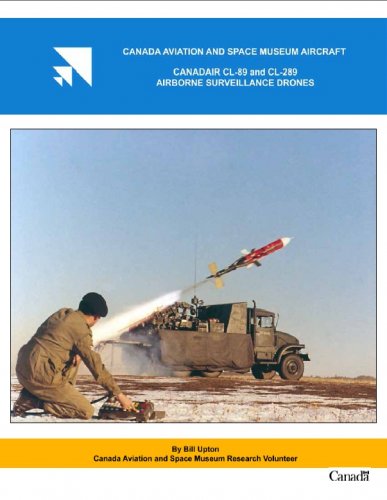CL-289 (AN/USD-502) Drone - Early Design, Test and Development
In the early 1970s, Canadair undertook an extensive R&D programme as a follow-on from its successful CL-89 unmanned surveillance system. The first Advanced Design and Development Phase studies were of a CL-89 Mark 2 layout which was initially seen as a simple stretch of the CL-89 to give it more payload and range capabilities. While the concept was similar, the CL-289 was not directly a growth version of the CL-89 as has been commonly thought. In essence, the CL-289 was a larger air vehicle carrying more surveillance equipment and with greater range and performance capabilities. During a meeting in Germany, in September 1972, a proposal by Canadair and Dornier GmbH of Germany personnel was prepared for a study phase against a Corps Level Requirement for the German Army. This particular study eventually generated the CL-289 system which was all new technology, fully digital with an onboard computer controlling the flight of the drone, including automatic flight control, and mission profile.
The resulting new design, which was to meet a West German Army requirement, became an international collaboration between Canadair Limited, Dornier GmbH, and later, in March 1977 with the participation of the Société Anonyme de Télécommunications (SAT) of France. This design process culminated in the Canadair model CL-289 (NATO designation AN/USD-502) vehicle termed as an intermediate-range unmanned surveillance drone system.
Designed as the first ever corps-level unmanned drone system, this booster rocket-launched, Kloeckner-Humboldt-Deutz (KHD) T117 turbojet-propelled drone carried a standard tactical payload consisting of a Carl Zeiss KRB / 824D tri-lens reconnaissance camera. It could also carry in-situ an infrared Linescan (IRLS) system from SAT equipped with a real time data transmission capability. This was a significant tool to provide armies with a capability for obtaining reconnaissance information employing the new quasi-terrain following mode technology methods without putting any type of manned military aircraft in harm’s way in potentially hostile areas.
A pre-programmed autonomous flight profile enabled much greater range than its predecessor did and in addition, the drone had the ability to fly very low and then pop-up to seek information via its cameras and varied sensor suite. It then would dive back low in a quasi terrain-following mode to escape radar detection. The weight, speed, and range specifications of the CL-289 remain classified.
The flight hardware development and manufacturing phase began in July 1976 when Canadair was awarded a development contract to design, develop and test a prototype CL-289 / AN/USD-502 Surveillance Drone System. Individual component testing was carried out with or at outside support facilities. An all-metal, small-scale model – with and without a fully representative booster assembly, was tested in the National Research Council’s high-speed wind tunnel in Ottawa, Canada during January 1977. In March, a series of drop tests of the drone’s wrap-around Landing Bags configuration took place on a dedicated test fixture outside at Canadair’s Plant 1 facility. During August 1978, Dornier’s contribution towards component testing occurred with two live firings during Booster Dart Trials of a full-scale dummy CL-289 model. These tests were to prove the satisfactory dynamic firing of the rocket booster and its separation characteristics from the drone after firing. In January 1979, the first production KHD T-117 engine arrived at Canadair for a formal inspection prior to its installation in a drone. At the end of the month, the first Launcher Pedestal successfully passed its test and integration acceptance tests. These tests were performed at Canadair prior to airlifting the unit to Dornier.
On 17 April 1979, the first CL-289 drone was completed at Canadair and the first PR photos of it and the second-built Launcher along with Surveillance Systems engineering and manufacturing personnel were taken. Then, integration tests of these major components took place in preparation for their shipment to Dornier and final assembly onto the Pedestal and Launcher vehicle. The completed Drone Launcher assembly was then shipped via a Luftwaffe G.222 Transall transport aircraft from Dornier back to the Yuma Arizona test range for the CL-289 Contractor Flight Trials, scheduled to begin later in the year.
The formal so-called rollout of the first fully assembled CL-289 Drone and Launcher took place in late September 1989 at the Dornier GmbH plant in Germany. In November, the first shipment of flight drones, support vehicles and test equipment arrived at the familiar YPG facilities in Arizona from Canadair, Dornier and Hamburg. Using the flight designation “CT-“ for “Contractor Trials”, followed by a sequential series of double-digit numbers, the official flight test programme for the CL-289 began in 1980. These particular test and evaluation drones were painted in white and da-glo red rectangular sections along the length of the fuselage. This was to aid in their visual tracking during flight by ground-based observers and cameras. The swept cruciform wings located near the aft section were made of Kevlar composite material. These wings and the two pairs of yaw and pitch control canards on the nose were left unpainted as they were considered replaceable flight hardware items.
Captions:
1. This small-scale, early 1970s all metal wind tunnel model of the CL-289 displays an interesting kinked leading edge-wing design. This model has yet to be tested with the nose-mounted ADMU – the same unit seen employed on the earlier CL-89.
2. This CL-289 airflow pattern study model has a longer kinked leading edge-wing design.
3. A CL-289 model, with continuous straight leading edge wings, is seen in the high-speed wind tunnel at the National Research Council in Ottawa during January 1977. Tests concerned relocated sensor packages and engine configurations.
4. The Canadair’s Graphics Department produced a complete descriptive cutaway in 1979 of the CL-289 (AN/USD-502) Drone. By this time in the design process, the new configuration of the fully swept leading edge on the wings became standard.
5. Canadair / Dornier CL-289 Drone S/N 0001 painted in the high-visibility markings chosen for the initial flight trials, and the second Launcher Pedestal were unveiled in a formal ceremony at the Plant 1 Surveillance Systems’ manufacturing facility. The unpainted parts are of lightweight Kevlar composite material. These include the white-painted nose cone, canards, wings, dual intake ducts, tail cone, and the booster rocket fins. The airfoil-shaped items are considered disposable.

